The Copyright of this book, as well as all matter contained herein (including illustrations) rests with the Publishers. No person shall copy the name of the book, its title design, matter and illustrations in any form and in any language, totally or partially or in any distorted form. Anybody doing so shall face legal action and will be responsible for damages.
C ontents
Vegetarian Curries
Non-Vegetarian Curries
Vegetarian Curries
Non-Vegetarian Curries
Non-Vegetarian Curries
Vegetarian Curries
Vegetarian Curries
Non-Vegetarian Curries
Vegetarian Curries
Non-Vegetarian Curries
Non-Vegetarian Curries
Vegetarian Curries
Non-Vegetarian Curries
Vegetarian Curries
Non-Vegetarian Curries
Vegetarian Curries
Non-Vegetarian Curries
Introduction
India is famous for its curries. In fact, it is the home of an endless variety of curries, each better than the other. Indians relish hundreds of curries made with vegetables, meat, fish, prawn and eggs. Every State in India has its own special way of preparing curries, therefore, each curry has a unique flavour. For example, in Southern India, curries are made with coconut, as their base. And in Kerala where coconut grows in abundance, coconut oil is also used for cooking. Bengal specializes in fish curries prepared in mustard oil. In Punjab, which is greatly infuenced by Mughal cuisine, one comes across many exotic curries prepared with onion and tomatoes as a base. In Punjabi curries, coconut is rarely used. Curries are always served with plain fluffy boiled rice and papads which are either fried or roasted.
In India, majority of the people are vegetarian, hence there is a greater variety of delicious vegetarian curries prepared with dais and a variety of vegetables, curds and buttermilk. But this does not mean that there is very little to choose in case of non-vegetarian curries. Indian meat curries, in fact, take many forms. Like kofta curries, ground meat is shaped into balls and cooked in a deliciously rich sauce or curry. Then, there are korma curries spicy and delicious, keema curries which is ground meat cooked with peas and decorated with hard-boiled eggs.
In this book, I have chosen for you a wide variety of flavours some simple, some exotic, some extraordinarily delicious. This book contains recipes for some special curries made and enjoyed in every part of India. The aim is to make people relish curries of a particular region even if they dont belong to that region. Even the foreigners can try these recipes to relish a unique taste. Here for you is a distinctive selection of curries which are as distinctive as different wines in different bottles.
Aroona Reejhsinghani
502 B, Lila Apts.
opp. Gul Mohar Gardens,
Yari Road, Versova
Bombay-61
Ph - 6360224
P UNJABI C URRIES
Punjabis are acclaimed as gourmets the world over. Their fondness for rich food has led to the development of an abundant variety of spicy and colourful curries. In Punjabi curries, vegetables do play an important role, therefore many of their vegetarian curries are quite unique. Some curries are particular to Punjab, like pakoda curry which is prepared by cooking round fluffy balls of gramfour in a rich yellow curd curry. Non-vegetarian Punjabi curries mostly comprising fish, chicken and mutton have distinct Mughlai infuence on them in appearance and taste. They will satisfy any gourmet.
V EGETARIAN C URRIES
B ESAN K OFTA C URRY
Ingredients (Serves 4)
For Koftas
250 grams besan or gram flour
tsp. cumin seeds
1 tblsps. melted ghee
1 tsp. crushed pomegranate seeds
100 grams grated onions
Alubhukharas or dry plums, seeded
Preparation
Mix together all the kofta ingredients except plums, without adding water. Turn the ingredients paste into balls around the whole plums. Deep fry the balls to a golden colour. Grind onion and garlic to a paste. Heat 2 tbslps. ghee and fry the ground paste to a golden colour. Add to the paste all the spices and tomatoes and cook till the ghee separates. Then add 2 cups of water, bring slowly to a boil and keep boiling gently for 5 minutes. Then add koftas and boil for 5 more minutes. Serve hot decorated with coriander leaves.
D AHI K OFTA C URRY
Ingredients (Serves 6)
2 large tomatoes, pureed
1 large onion
8 flakes of garlic
coconut
1 tblsp. dhania-jeera powder
tsp. turmeric powder
Handful of coriander leaves
Salt and chilli powder to taste
For Koftas
250 grams curd
50 grams gramfour or besan
25 grams mixed finely sliced nuts like almonds, raisins, cashewnuts, walnuts, pistachios
1 tsp. grated ginger
tsp. garam msala
Handful of chopped coriander leaves
Salt, lime juice and chilli powder to taste
Preparation
Grind nuts, ginger and coriander leaves to a paste. Mix with garam msala, salt and lime juice and set aside. Put curd in a clean piece of cloth and tie loosely. Hang the bag for a couple of hours to make all the liquid drip through. Mix salt, curd and gramfour, and knead to a smooth mixture. Form the mixture into small balls around the ground paste made earlier. Deep fry the balls to golden colour. Grind onions, garlic and coconut to a paste. Heat 4 tblsps. ghee and fry the paste to a golden colour. Add to the fried paste, spices and tomatoes and cook till ghee separates. Then add 2 cups of water, bring the mixture to a boil, and keep boiling for 5 minutes. Now put in koftas, reduce heat to simmering and boil for 5 more minutes. Decorate with chopped coriander leaves.

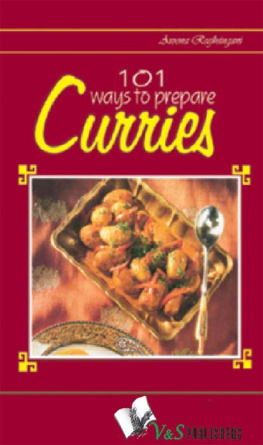


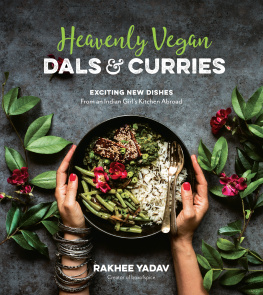
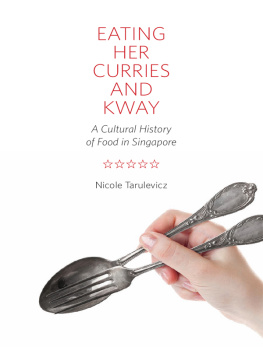




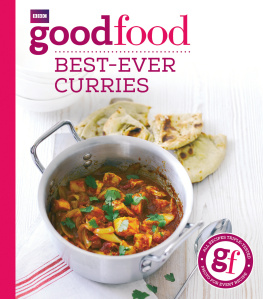
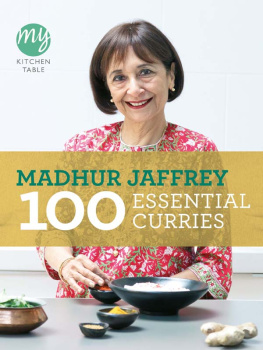
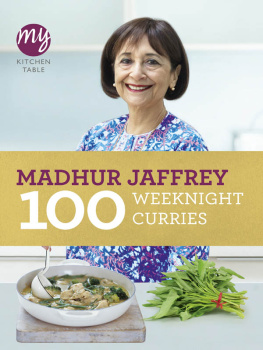
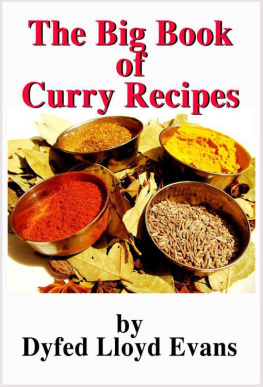


 23240026, 23240027 Fax: 011-23240028
23240026, 23240027 Fax: 011-23240028